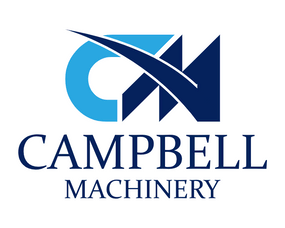08/12/2021 0 Comments
What is Sandblasting?
On the surface, this may seem like a straightforward question, and therefore not worthy of a full blog going into the minutiae of this steel and surface cleaning technique. However, as you will soon learn there is more to sandblasting than what one might expect.
For one, sandblasting no longer means what it once did, instead, it’s a blanket term for all kinds of different blasting techniques. But before we get ahead of ourselves. Let’s look at the history of sandblasting to see why the term’s usage has changed over the years.
Sandblasting History
Sandblasting as a cleaning technique dates back to 1870. The story goes that the former soldier Benjamin Tilghman invented the sandblasting technique after serving as a general in the American Civil war. During his military service, Tilghman observed the effect sand had on windows and doors in the desert. Tilghman was granted a patient for his sandblasting invention in American and a second patient a few years later in the UK.
Over the years the process was refined and improved upon and ultimately was adopted by the masses after the US Navy began using the technique to prolong the service life of their ships.
So far so straightforward, so when did the term begin to get a little bit more abstract?
Sandblasting Using Silica Sand
As the name suggests silica sand was originally used in sandblasting. However, as the years wore on, the health dangers of silica sand become more and more well known. Sandblasting with silica sand would release crystalline silica – dust particles released during usage – when breathed in, these dust particles would lead to serious respiratory diseases like silicosis. In the most extreme cases, silicosis can be fatal.
When this was discovered sandblasting with silica sand gradually become illegal. In the Netherlands sandblasting with silica sand was banned as early as 1957. This is where the confusion over the term sandblasting begins.
Sandblasting in the Modern Age
Sandblasting has evolved, become more efficient, and crucially become much safer because companies no longer use Silica sand. Instead, they use a variety of substitute grit to achieve the same results. Therefore when we talk about sandblasting we are actually discussing abrasive blasting. e.g. the technique of blasting grit onto a surface.
This is why the term sandblasting has become a bit of a misnomer in recent decades. While the technique is largely the same, sand is not being blasted onto a surface. However, the term sandblasting is still widely used to describe anything from grit blasting to Soda blasting.
In effect sandblasting is an umbrella term used to describe a variety of blasting techniques.
At Campbell Machinery, we sell a variety of sandblasting and abrasive blasting equipment that are both safe to use and incredibly effective. If you have questions about any of our abrasive equipment, please contact us today.


Comments
Leave a comment